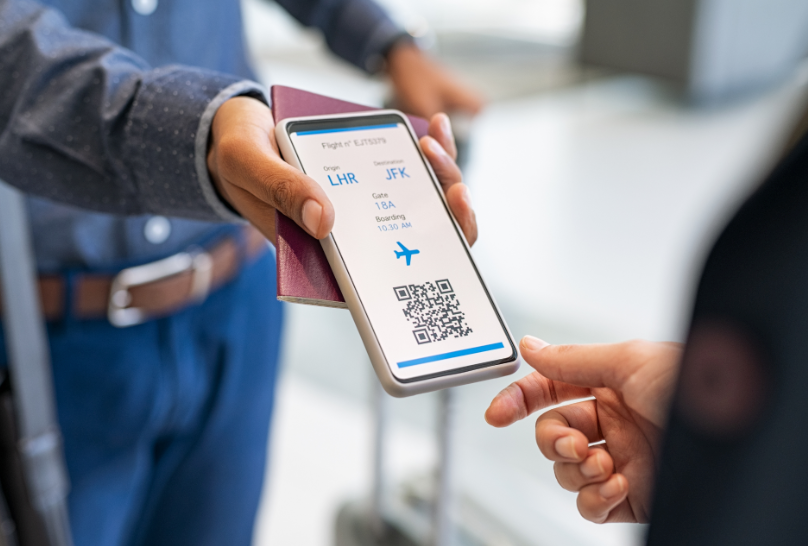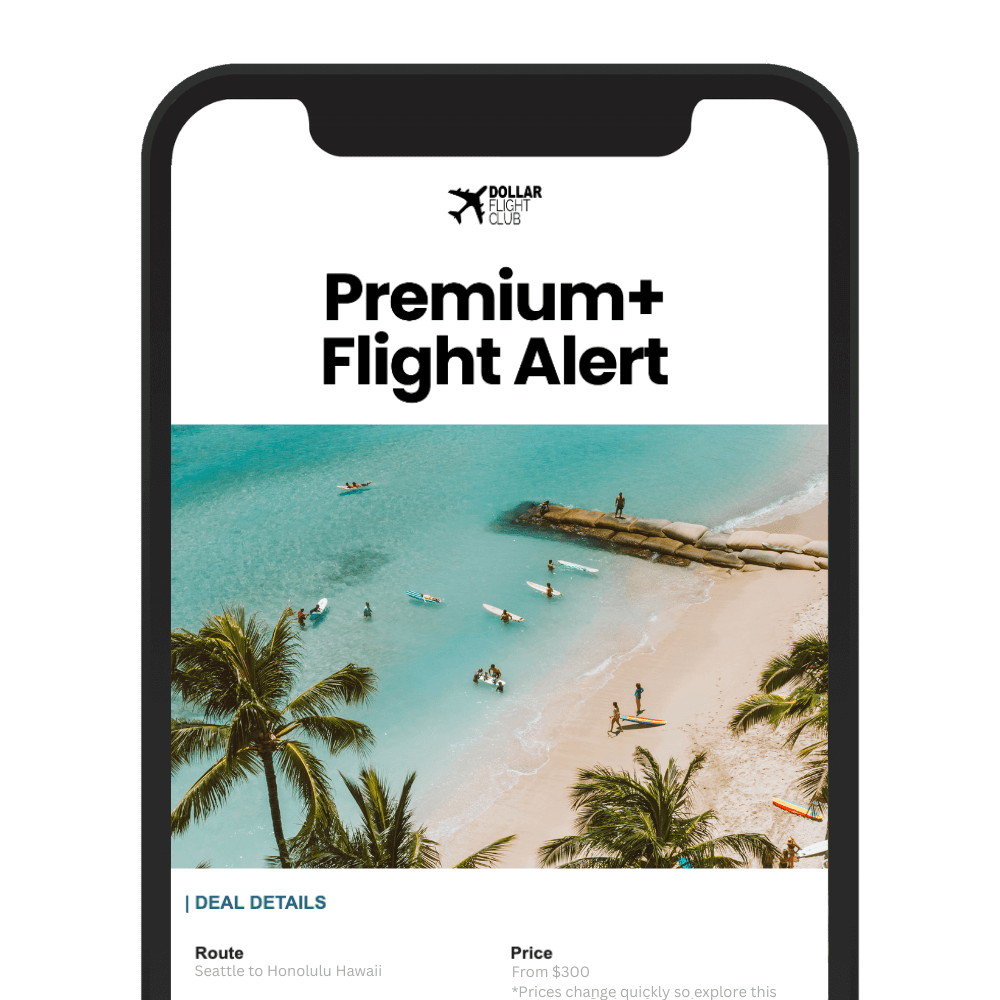When it comes to saving money on flights, preparation is key. Here’s how you can cut costs:
- Compare Prices: Use tools like Google Flights and Skyscanner to find the best deals. Set fare alerts to track price drops.
- Book at the Right Time: For domestic flights, book 6-8 weeks in advance. For international trips, aim for 3-4 months ahead. Tuesdays and mid-week days often have lower fares.
- Be Flexible: Adjust your travel dates and consider alternative airports to find cheaper options.
- Avoid Extra Fees: Watch out for hidden charges like baggage fees or seat selection costs. Pack smart and check in online to save more.
- Use Rewards: Redeem airline miles, credit card points, or join loyalty programs to get discounts or free flights.
Research and Compare Flight Options
Finding great airfare deals often comes down to smart research and comparing options across multiple platforms.
Step 1: Use Google Flights and Skyscanner for Price Comparison

Both Google Flights and Skyscanner are powerful tools for comparing flight prices. Google Flights provides real-time updates, helpful suggestions, and integrates with Google Maps for added convenience. On the other hand, Skyscanner shines with its wide airline coverage and the ‘cheapest month’ feature, which helps pinpoint the most affordable travel dates.
For instance, if you’re flying from Las Vegas to Cabo San Lucas, Google Flights might highlight a cheaper return flight with a longer travel time, while Skyscanner could show a faster but pricier option. Using both platforms together ensures you’re covering all your bases.
Step 2: Set Up Fare Alerts for Your Routes
Fare alerts are a great way to track price drops and snag the best deals. Dollar Flight Club‘s Premium+ service ($99/year) sends SMS and email alerts for domestic and international flights, tracking up to 4 departure airports and 10 destinations. Setting up alerts on multiple platforms increases your chances of catching flash sales, temporary price dips, or even mistake fares.
Step 3: Compare Prices Across Different Dates and Airports
Google Flights’ price graph feature lets you see fare trends over time, making it easier to spot the best dates to fly. Don’t forget to check alternative airports – sometimes driving a bit farther to a different airport can lead to big savings.
| Tool | Key Features |
|---|---|
| Google Flights | Real-time updates, Google Maps integration |
| Skyscanner | “Cheapest month” feature, CO2 emission tracking |
Experiment with different combinations of dates, airports, and routes to uncover the best deals. While it takes some extra effort, the savings you can achieve often make it well worth the time.
Once you’ve identified the right flights, the next step is figuring out the best time to book for maximum savings.
Book Your Flight at the Right Time
When you book your flight can have a big impact on how much you pay for airfare.
Choose the Right Days and Timing
For most flights, the sweet spot for booking is 6-8 weeks before your trip. Tuesdays are a great day to snag deals since airlines often adjust their prices then.
| Flight Type | Booking Window | Best Days to Book |
|---|---|---|
| Domestic | 6-8 weeks in advance | Tuesday-Wednesday |
| International | 3-4 months in advance | Mid-week |
| Holiday Season | 4-6 months in advance | Tuesday-Thursday |
Use Tools to Track Prices
Apps like Hopper take the guesswork out of finding deals. They analyze millions of prices and can predict when fares will drop, potentially saving you up to 40%. Set up alerts and follow their recommendations to book at the perfect time.
Keep an Eye Out for Flash Sales and Mistake Fares
Sometimes, airlines offer flash sales or accidentally list mistake fares, cutting prices by as much as 90%. Here’s how to catch these rare deals:
- Sign up for Dollar Flight Club to get instant alerts.
- Follow airlines on social media for quick updates.
- Monitor multiple platforms to spot mistake fares before they’re corrected.
If you see a mistake fare, book immediately – airlines usually fix these errors fast.
Once you’ve secured a great deal, make sure to check for any hidden fees tied to your ticket.
sbb-itb-a4a529c

Avoid Extra Fees
Cutting down on extra fees can make a big difference in your travel budget. Knowing how to sidestep these charges can save you money before you even board the plane.
Watch Out for Basic Economy Fares
Basic economy fares might look like a bargain, but they often come with strings attached – like no carry-on bags or seat selection. By the time you add these services, you could end up paying more than a standard economy ticket. On average, the price difference between basic economy and main cabin fares is about $72 on major airlines. Always compare the total cost before booking.
Pack Smart to Avoid Baggage Fees
Most airlines charge $35-$45 for the first checked bag—here’s how to dodge those fees:
- Use a carry-on bag and personal item to pack efficiently.
- Stay within weight limits – bags over 50 pounds can result in fees over $100.
- Pack fewer clothes and plan to do laundry at your destination.
Check In Online and Plan Your Seats Early
Checking in online 24 hours before your flight gives you access to free seat options and helps you avoid unexpected charges. If you’re traveling with family, book early or contact the airline to ensure you sit together without paying extra.
Airlines are charging more for premium seats, with some costing as much as $139. To keep costs low:
- Check in as soon as the 24-hour window opens.
- Select seats during booking if your fare includes it.
- Join loyalty programs for perks like free seat selection.
If you fly often, consider an airline-branded credit card. These cards often include perks like free checked bags and priority boarding, which can easily outweigh the annual fee.
Use Rewards and Discounts
Travelers can cut airfare costs by tapping into loyalty programs, credit card rewards, and membership discounts.
Redeem Airline Miles and Credit Card Points
Travel credit cards like Chase Sapphire Preferred make it easier to save on flights. For example, this card offers 2X points on travel and dining, plus a 60,000-point bonus that can be redeemed for airfare. To get the most out of your points:
- Transfer them to airline partners for better deals
- Book flights during off-peak seasons to use fewer miles
- Compare redemption options to find the best value
- Combine rewards with airline promotions for extra savings
Subscribe to Airline Newsletters and Alerts
Airlines often share exclusive deals with their email subscribers. For instance, Delta Air Lines‘ SkyMiles members get early access to sales and promotions before the general public. Sign up for newsletters, organize them in folders, and enable alerts so you never miss a time-sensitive offer.
Premium Flight Club Benefits
Premium membership services provide perks like mistake fare alerts, premium cabin deals, and discounts available only to members. These benefits work well alongside other strategies, such as monitoring fares and booking at the right time. Combining these tools can help you score great deals on flights.

Conclusion: Save More with Smart Planning
Using the strategies mentioned earlier, you can effectively manage your travel budget and steer clear of extra costs. Careful planning can lead to significant savings on airfare. Research across various flight search platforms shows that booking flights methodically often results in better deals compared to last-minute decisions.
Timing and flexibility play a major role in finding affordable flights. With AI tools, it’s easier than ever to monitor price trends and identify the best booking windows.
Managing fees is another crucial aspect of pre-flight preparation. By planning ahead for baggage allowances and opting for online check-ins, you can avoid surprise charges. Here are some practical ways to save:
| Strategy | Benefits |
|---|---|
| Multi-platform Search | Broader access to airlines and deals |
| Strategic Timing | Cheaper fares during less busy times |
| Fee Management | Avoid baggage and check-in fees |
| Rewards Programs | Earn free flights or discounts |
Sign up for automated fare alerts or airline newsletters to stay updated on deals. Put these tips into action and start saving on your next trip.
FAQs
Is Google Flights or Skyscanner better?
Both platforms excel in different areas, making them useful for finding great airfare deals. Google Flights stands out with its fast search results, clear interface, and detailed filtering options. It covers around 300 airlines and highlights extra costs like baggage fees, making it ideal for straightforward, no-nonsense searches.
On the other hand, Skyscanner focuses on uncovering the lowest fares and shines when it comes to flexible travel options. With coverage of over 1,200 airlines, it often finds deals on lesser-known routes, making it perfect for travelers willing to adjust their plans to save money.
Here’s a quick comparison of their strengths:
| Feature | Google Flights | Skyscanner |
|---|---|---|
| Price Updates | Near real-time | Regular updates |
| Airline Coverage | ~300 airlines | 1,200+ airlines |
| Main Advantage | Fast, transparent searches | Broader coverage for deals |
For the best results, consider using both platforms together. Google Flights offers speed and clarity, while Skyscanner’s broader reach can help you find extra savings. Combining their features ensures you’re getting the best deal before you book.










